If you get your flooring right you can save yourself so much money. Here's how
As we all look to save money on our energy bills this winter, don't forget to consider the different flooring options available to help insulate your home
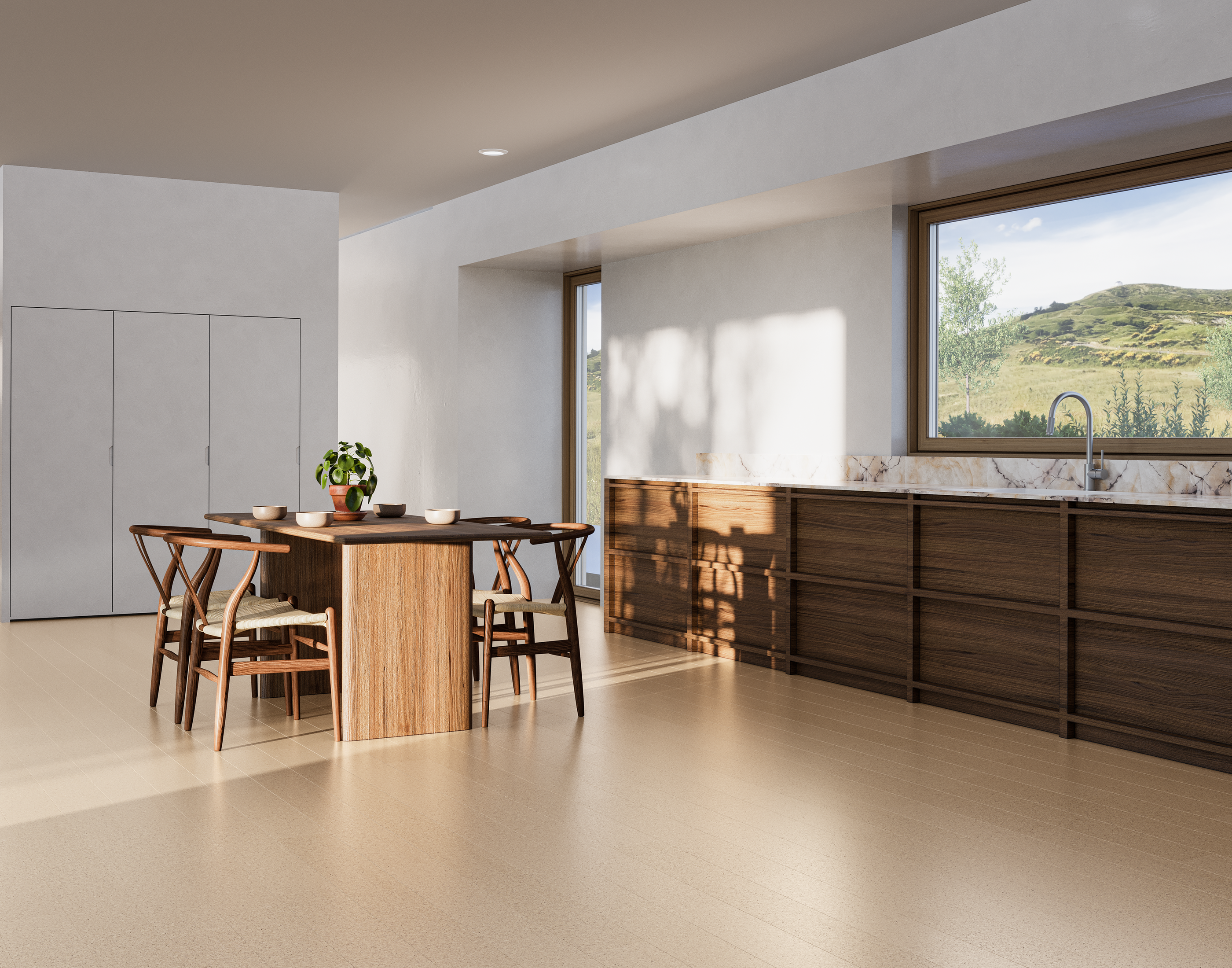

Your floor type probably isn't the first place you turn to when you're looking to save money on your energy bills. Reinstalling new flooring can be a costly renovation project (not to mention a time consuming one) but if you're planning on switching up your floors as part of general revamp, it might be worth considering which options could pay for themselves by saving you money in the long term.
While cold winter months are just around the corner but, the cost of heating your home is at an all time high. Many of us are turning to our homes to improve insulation thereby saving a few extra pennies. Loft insulation, draught excluders and window glazing might be your first port of call, but you shouldn't overlook the impact of your flooring either.
With EDF energy predicting that around 10-20% of heat loss from a building can be through the floors, it's never been a better time to switch up your flooring. If you've ever placed your hand over an old draughty wooden floorboard in the depths of winter, that statistic won't be hard to comprehend.
Fortunately though, we've compiled some expert advice on the best types of flooring to help retain the heat in your home. And, if you don't have the budget available to rip up your floors this fall, you'll be pleased to hear there are some quick, budget-friendly fixes in the mix, too.

Lilith is an expert at following news and trends across the world of interiors. She's committed to helping readers make the best choices in their homes through writing practical tips and guides to help inform their design choices. For this article she spoke with flooring experts to learn which options can help you save on your energy bill this winter.
1. Engineered wood flooring
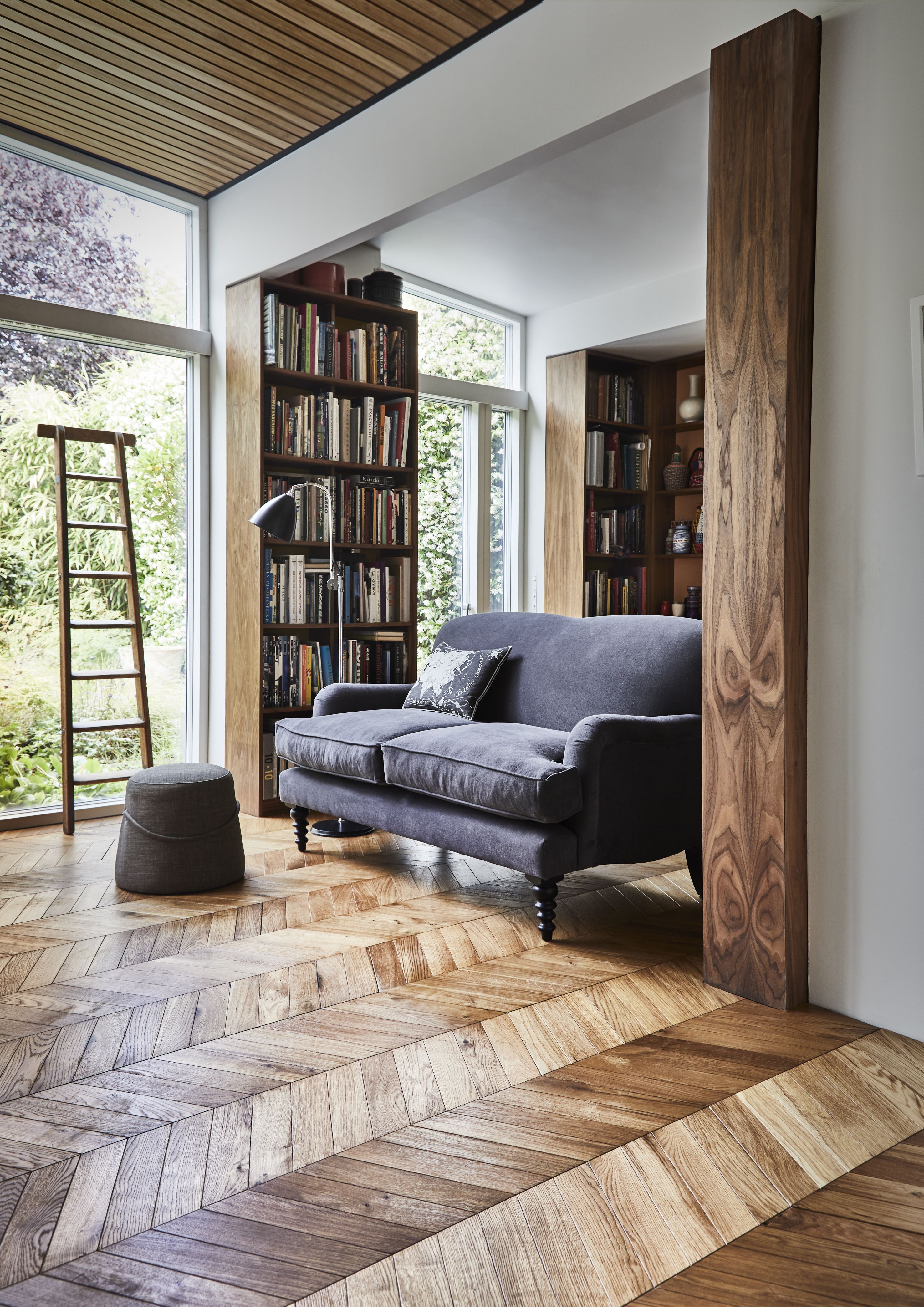
By far the best insulator for your floors is engineered wood flooring. Installing this manufactured material which combines timber with a solid wood veneer is an easy way to reduce bills and save energy in your home.
You might think carpets would be the intuitive choice for retaining the heat, but Declan Christie, Founder and Flooring Specialist at Luxury Flooring & Furnishings, is here to explain why this isn't the case.
'Wooden floors can often be mistaken for being colder and less insulating than a carpet, however, wood floors are excellent at trapping heat,' he explains. 'Whilst carpets might seem like a cozier option, they actually have a lower thermal mass as they don’t retain the heat, instead acting as a barrier.'
Be The First To Know
The Livingetc newsletters are your inside source for what’s shaping interiors now - and what’s next. Discover trend forecasts, smart style ideas, and curated shopping inspiration that brings design to life. Subscribe today and stay ahead of the curve.
In fact, as it turns out, insulating materials aren't necessarily the only thing you should be looking for. 'Carpets are an insulator which means they absorb the heat, whilst wood is a conductor which allows the heat to be returned back to the room,' Declan notes.
While engineered wood flooring is almost completely identical to solid wood floors, the layers of plywood used in its construction make the material far denser, meaning it's great at absorbing heat. 'Coupled with an insulated underlay, this will give your floor incredible levels of insulation which will ultimately lower your need for energy spending,' says Declan.
2. Cork flooring
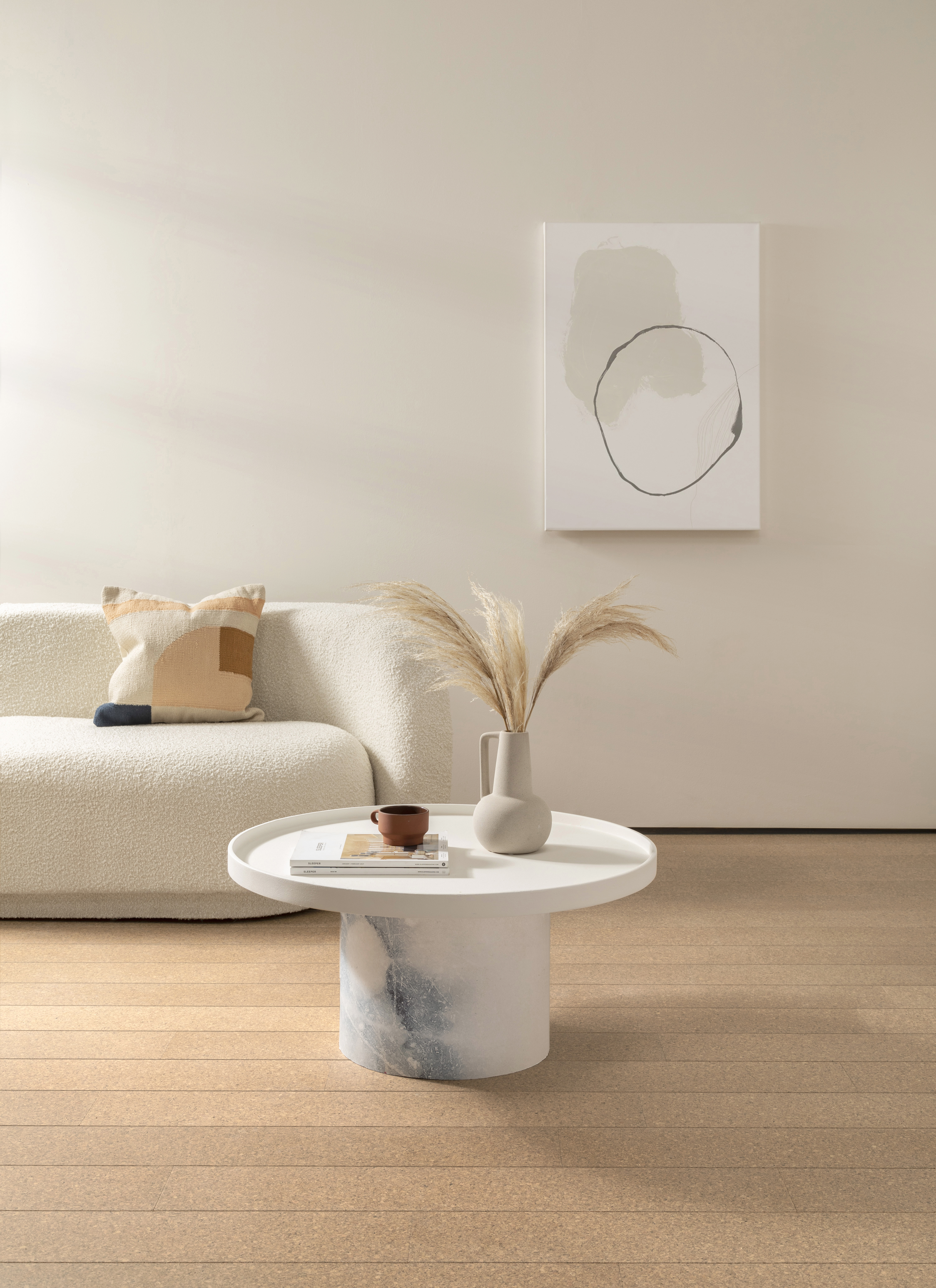
Some might see cork flooring as a retro fad that they hoped to never encounter again, but, as a sustainable material that also retains heat without the need for electricity or gas, designers are beginning to appreciate its practical and aesthetic benefits once more. And guess what? It's also one of the key living room trends for 2023.
'One of the first things that is noticeable about cork is that it feels warm to the touch,' explains James Scully, Founder of Recork. 'It's an exceptional insulator thanks to its unique honeycomb structure made of millions of air-filled cells which help cork planks retain an optimal temperature all year round, feeling warm underfoot.'
Cork flooring doesn't have to be speckled beige flooring your probably picturing either. Advances in manufacturing mean you can now get printed cork tiles made to imitate floorboards.
According to James, as a material, cork holds its heat for longer compared to timber, laminate and LVT flooring . 'And, it's better for the environment in the process, thanks to its sustainable harvesting and manufacturing process,' he adds. (Cork can be harvested from the same tree for 100-300 years!)
3. Area rugs
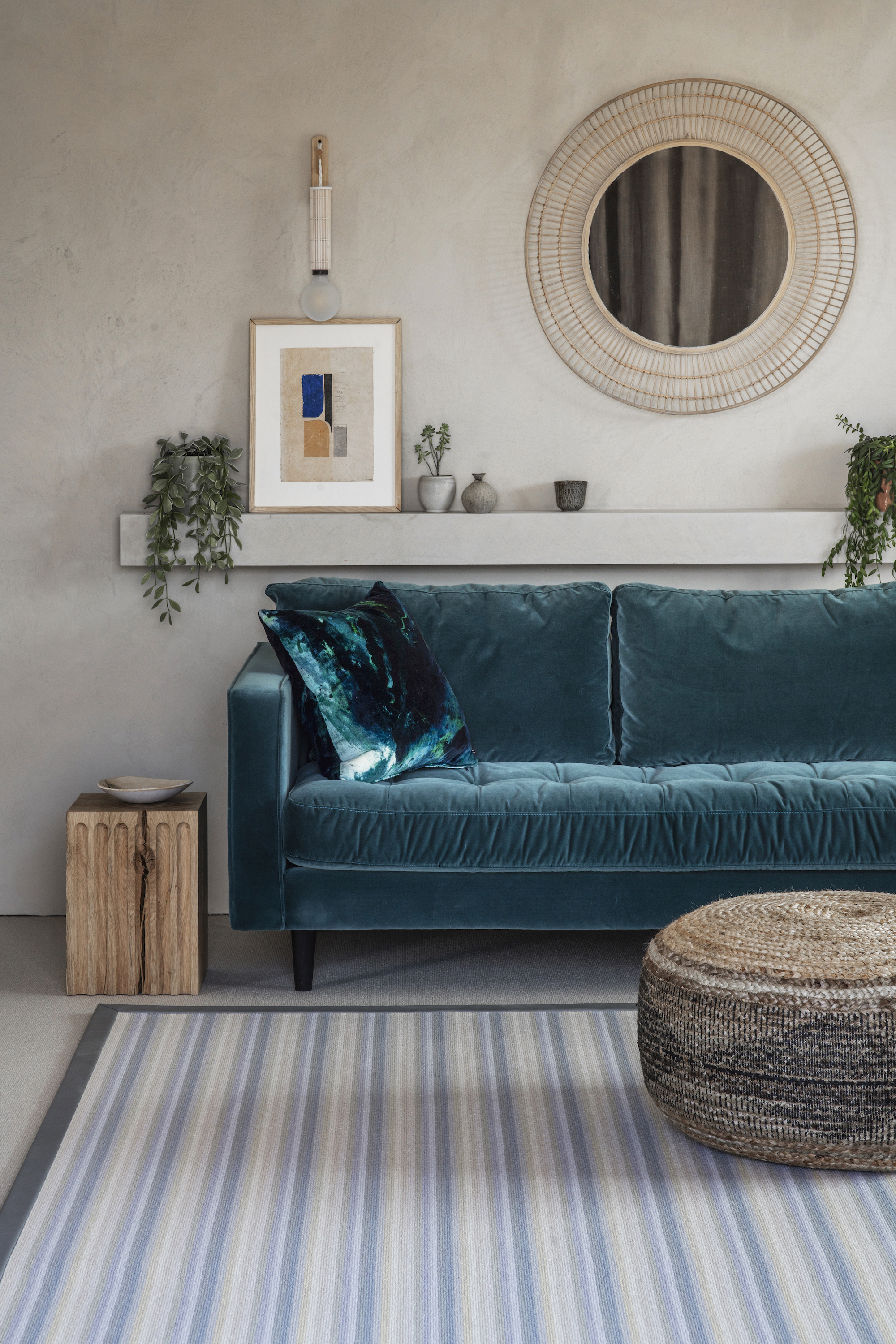
The power of the humble rug really shouldn't be underestimated. This quick flooring fix is a far cheaper way to keep your house warm, plus it allows you to be playful with your design ideas, too.
There's a lot less commitment involved in adding the latest rug trend to your space as there is in installing a new type of flooring. 'Rugs are a great way to decorate your home as you can change the rugs as the mood suits and, in doing so, completely change the personality of the room,' says Lorna Haigh, Creative Director at Alternative Flooring.
Better still, a living room rug can be a great insulator to help cut costs on your energy bills, especially when made out of natural thermal fibers. 'A large wool rug or a wool carpet is not only soft underfoot, bringing comfort and warmth to floorboards, but it is also a natural insulator,' Lorna explains. 'A wool carpet saves on domestic energy consumption and helps the environment.' If you flooring underneath is especially draughty, add a thermal rug pad underneath.
Other rugs made of natural materials, such as jute or coir, can help retain heat too. For added layers of warmth and an extra cozy feel, try layering rugs.

Lilith Hudson is a freelance writer and regular contributor to Livingetc. She holds an MA in Magazine Journalism from City, University of London, and has written for various titles including Homes & Gardens, House Beautiful, Advnture, the Saturday Times Magazine, Evening Standard, DJ Mag, Metro, and The Simple Things Magazine.
Prior to going freelance, Lilith was the News and Trends Editor at Livingetc. It was a role that helped her develop a keen eye for spotting all the latest micro-trends, interior hacks, and viral decor must-haves you need in your home. With a constant ear to the ground on the design scene, she's ahead of the curve when it comes to the latest color that's sweeping interiors or the hot new style to decorate our homes.
-
 Straight from Salone: Five Emerging Trends I Found That'll Shape Interiors For the Year Ahead
Straight from Salone: Five Emerging Trends I Found That'll Shape Interiors For the Year AheadFrom reflective silver to fluidity, here's my perspective on the key themes and new moods coming through from Milan Design Week
By Sarah Spiteri Published
-
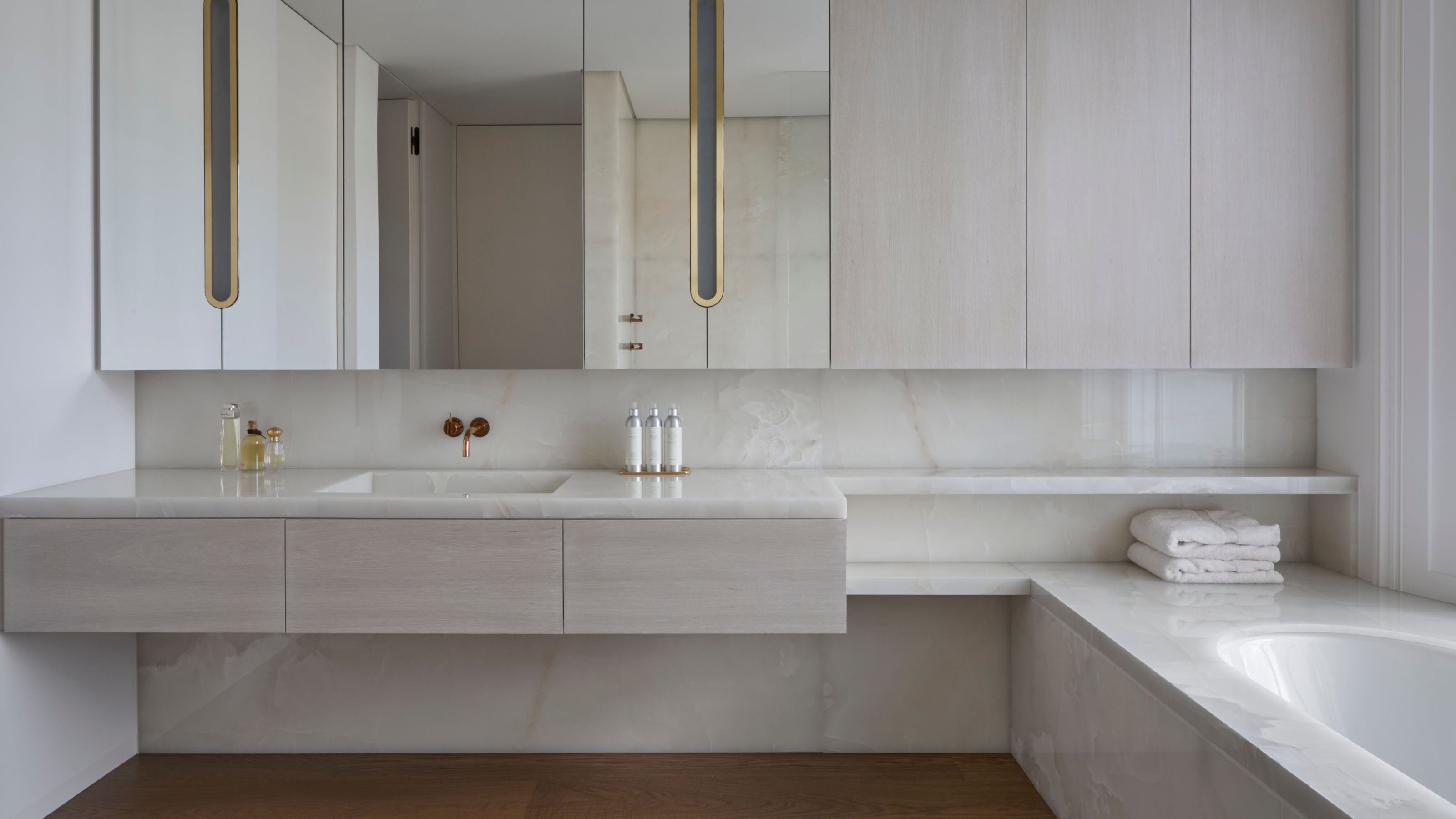 9 Bathroom Storage Mistakes You're Probably Making That Make Using This Space Much Harder — And What to Do Instead
9 Bathroom Storage Mistakes You're Probably Making That Make Using This Space Much Harder — And What to Do InsteadDiscover which mistakes are to blame for your overcrowded and cluttered bathroom
By Seraphina Kyprios Published